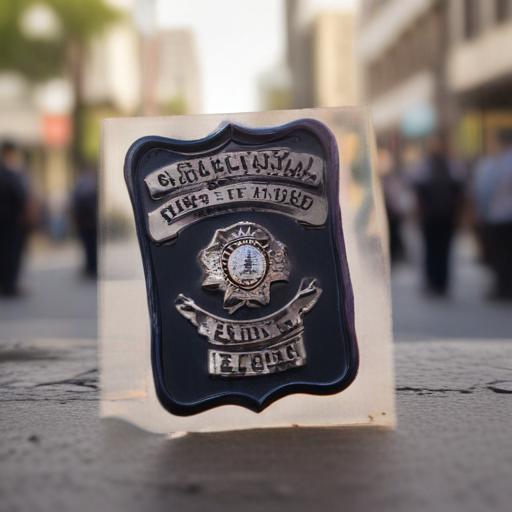The recent protests in Los Angeles have sparked significant debate about the nature of law enforcement response and the actions of demonstrators. Amid accusations of an insurrection, it’s crucial to differentiate between police aggression and actual protester violence.
The LAPD confronted protesters following a series of immigration raids, leading to clashes that many have described as a police riot rather than a insurrection. Media coverage focused on the chaos, showcasing images of burning cars and confrontations; however, eyewitness accounts suggest that the police were the primary aggressors, firing rubber bullets and deploying tear gas into largely peaceful crowds.
Reports from various sources indicate that injuries were sustained by both protesters and journalists, raising questions about the methods employed by law enforcement during the protests. For instance, one journalist was struck by a rubber bullet, reflecting the dangerous environment police created. Eyewitnesses described the protests as complex, with sporadic outbursts of violence that followed prolonged police aggression, rather than as a riot that warranted such a strong military response.
Notably, during the protests, accusations of violent clashes largely stem from official police narratives. Accountings indicate that while police claimed to be responding to provocations, demonstrators were often content to express their grievances without resorting to violence. Activists expressed outrage over ICE’s actions, which many argue prioritize aggressive tactics over due process, thereby instigating fear within immigrant communities.
These protests have brought to light the broader societal issues regarding immigration enforcement in the United States. They reflect a deepening concern over the treatment of immigrants, revealing the fears of communities impacted by aggressive law enforcement methods. The focus on police actions rather than the motives behind the protests conveys an urgent need for discussions around due process and the protection of civil rights.
As tensions rise, the ongoing conversation about law enforcement’s methods and the rights of individuals to peacefully assemble is more relevant than ever. The situation illustrates the challenges faced by marginalized communities and highlights the importance of protecting the rights of those advocating for change. Protesters hope for a future that values dialogue and understanding over aggression, pointing toward a necessity for reform in how both protests and immigration are handled in America.
